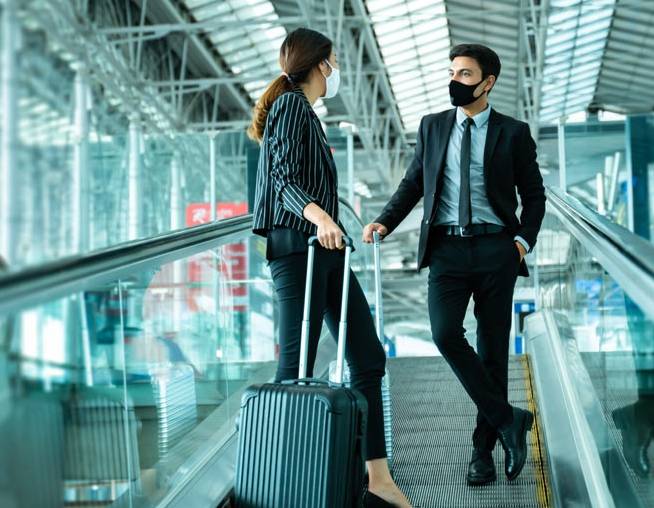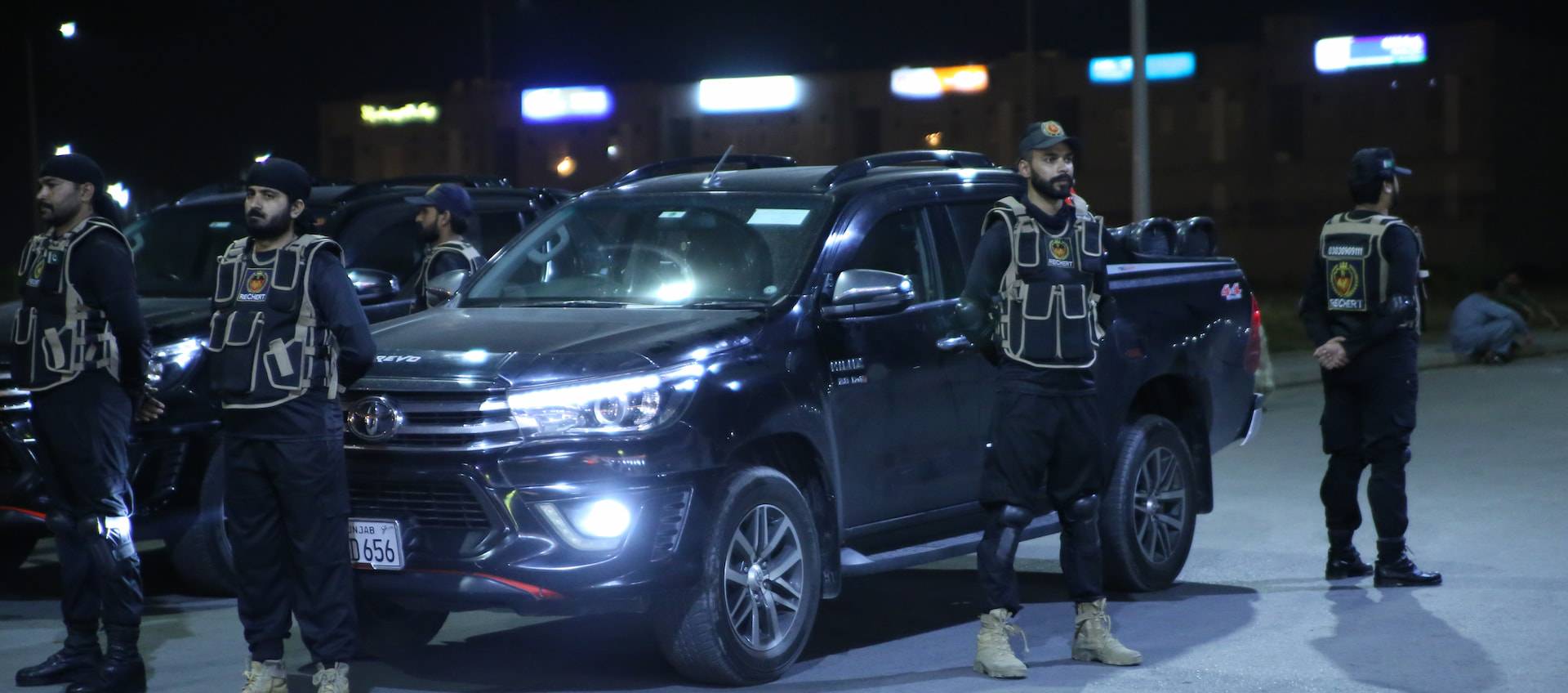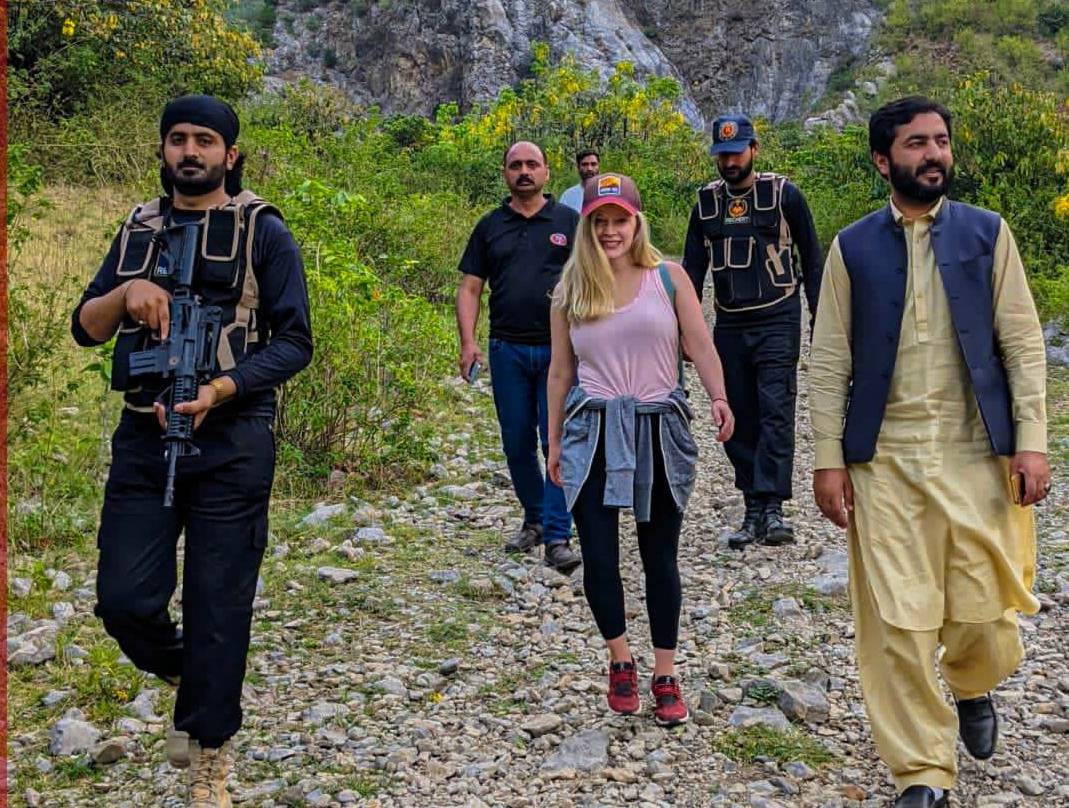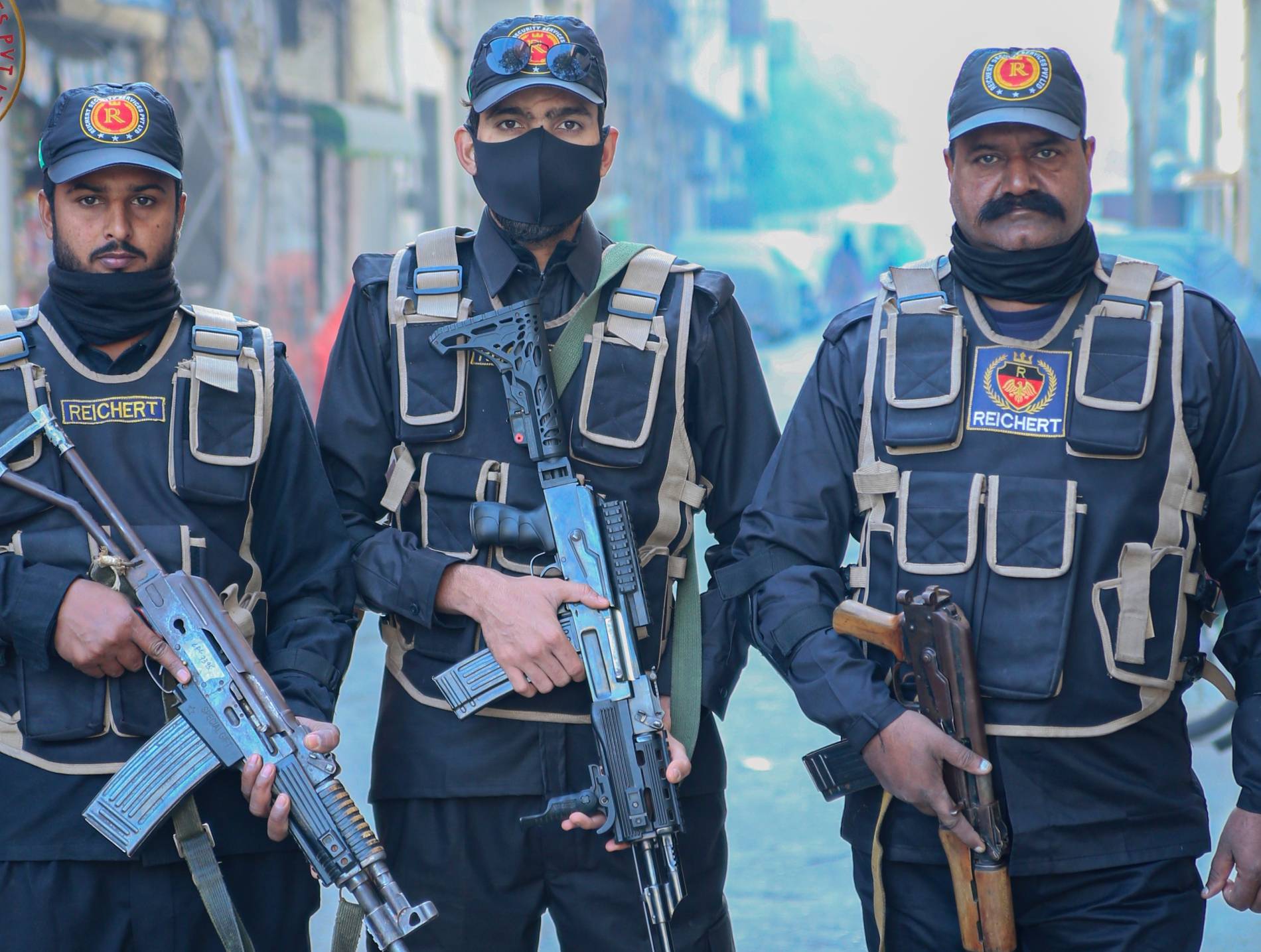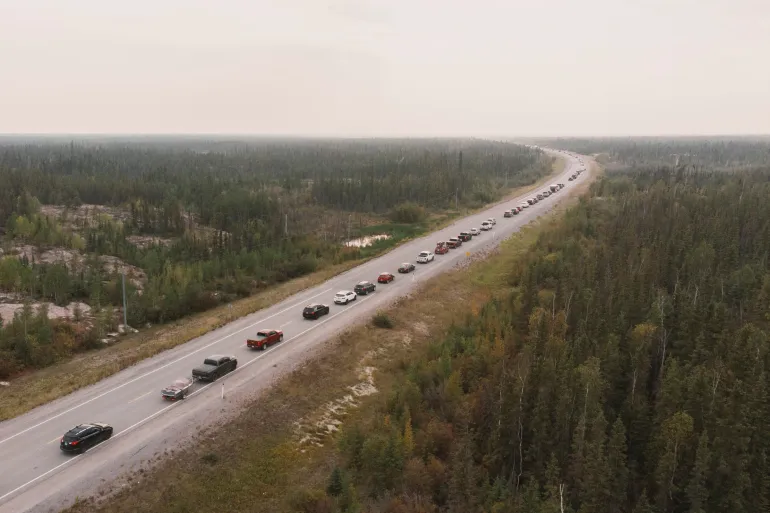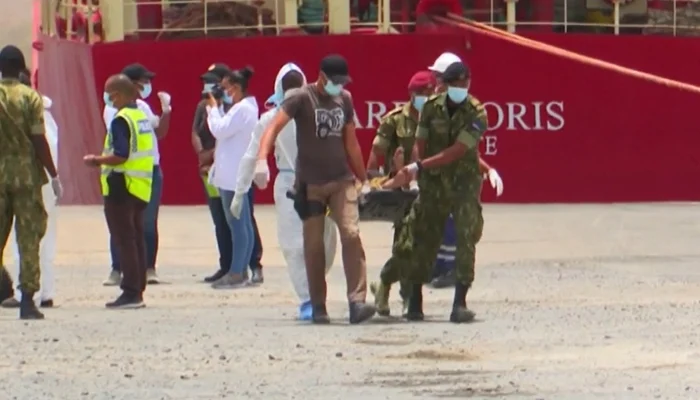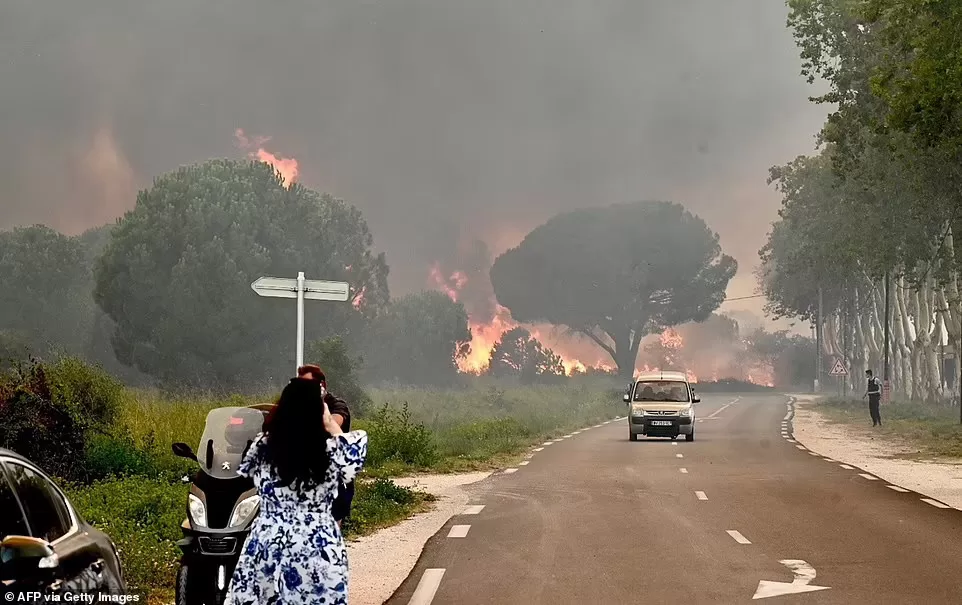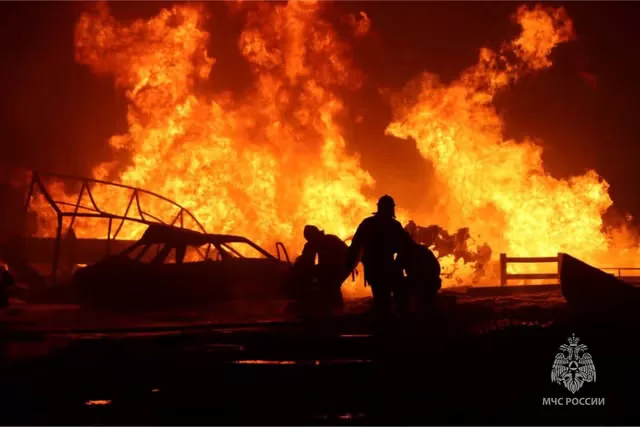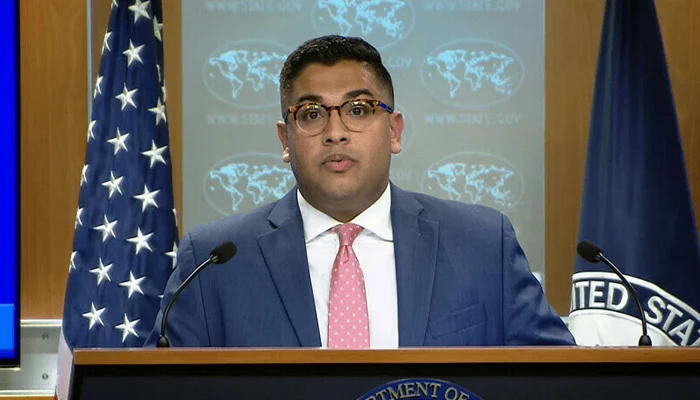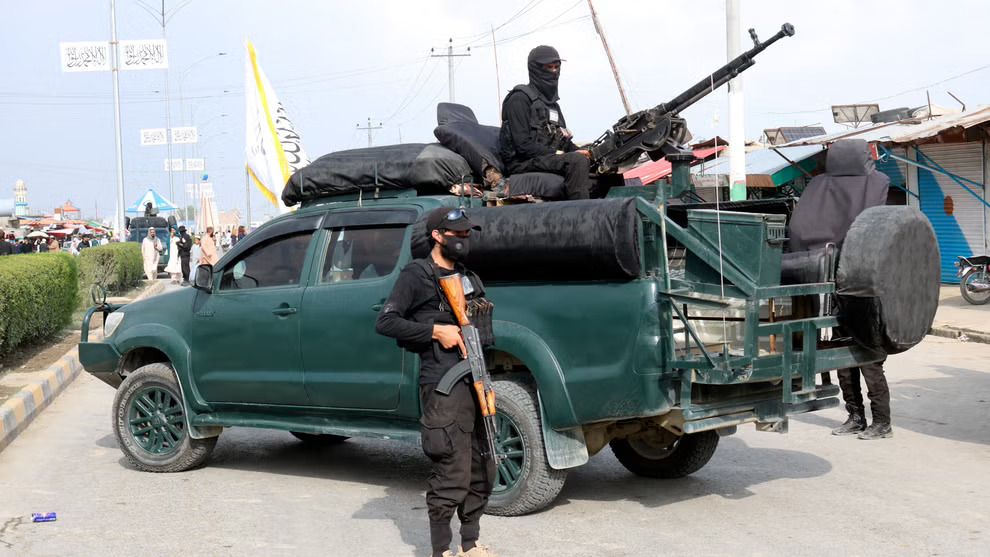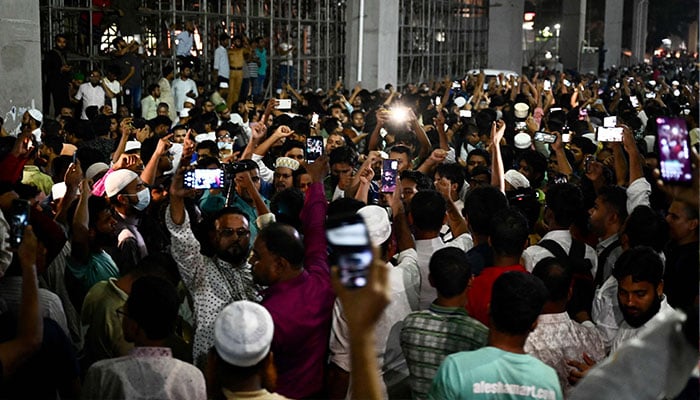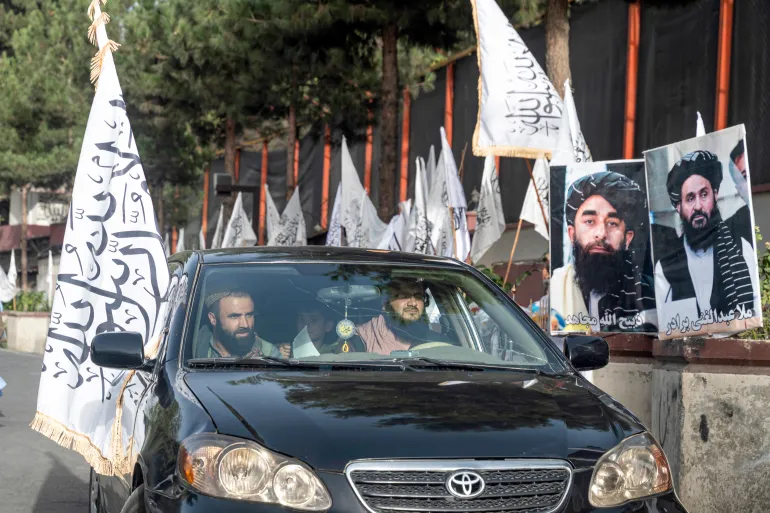Huge wildfire forces evacuation of Canada’s Northwest Territories capital
A huge wildfire in northern Canada is moving closer the city of Yellowknife, the capital of Canada’s Northwest Territories, and evacuation of the city’s 20,000 residents has been ordered, the territorial government said. Canada is enduring its worst-ever wildfire season with more than 1,000 active fires burning across the country, including 230 in the Northwest Territories. Yellowknife’s mayor Rebecca Alty said on Wednesday that authorities believe the progress of the wildfire would allow time for people to evacuate on Wednesday and Thursday, according to local media outlet Cabin Radio. “The city is not in immediate danger and there is a safe window for residents to leave by road or air,” Alty said, according to Cabin Radio. Rylund Johnson, a member of the Northwest Territories Legislative Assembly, said on social media that people had already started to evacuate the city voluntarily and were now under order to do so by noon on Friday. “Flights will start Thursday afternoon. If you have ground transportation, check if your friends and family have a ride,” he said on the social media platform previously known as Twitter. Shane Thompson, the Northwest Territories’ environment minister, told a news conference that the “wildfire situation has taken another turn for the worst”. “A fire burning west of Yellowknife now representing a real threat to the city,” he said, announcing the order for the city’s nearly 20,000 residents to leave by Friday noon by vehicle or air. Thousands of residents of the sparsely-populated northwest territory have been forced to evacuate from smaller communities, and the hamlet of Enterprise near the Alberta border was almost entirely destroyed by a blaze that swept through on Sunday. Northwest Territories Premier Caroline Cochrane said earlier on Wednesday that some Yellowknife residents were pre-emptively leaving the city. “I’ve never seen so many vehicles leaving town,” Cochrane said. “There’s all kinds of rumours out there, but be ready and evacuate if necessary. Be calm. Do not panic.” Yellowknife has a population of approximately 20,000 people and lies 400km (250 miles) south of the Arctic Circle. NWT Fire said the 163,000-hectare (402,781 acres) wildfire is currently 17km (around 10 miles) from Yellowknife and would likely reach Highway 3, the only highway connecting the city to the rest of Canada, on Thursday. Some areas along the highway had already been ordered to evacuate. “There is risk to the city of Yellowknife. Our team, alongside the city of Yellowknife, are doing everything possible to slow the growth of this fire and protect the community,” NWT Fire said. The Northwest Territories declared a state of emergency late Tuesday and the Canadian military has been mobilised to help tackle the blazes and airlift some residents to safety. Cochrane spoke to Canadian Prime Minister Justin Trudeau about the wildfire situation on Wednesday afternoon. Trudeau reaffirmed the federal government’s ongoing commitment to help the territory, according to a readout of their conversation. Western Canada is enduring a heat wave that saw 19 daily heat records broken on Tuesday and is fuelling hundreds of out-of-control wildfires. Blazes have engulfed parts of nearly all 13 Canadian provinces and territories this year, forcing home evacuations, disrupting oil and gas production and drawing in federal as well as international firefighting resources. Socure:https://www.aljazeera.com/news/2023/8/17/huge-wildfire-forces-evacuation-of-canadas-northwest-territories-capital
Huge wildfire forces evacuation of Canada’s Northwest Territories capital Read More »
News


